Higher classification Leucophaeus | Phylum Chordata Family Laridae Scientific name Leucophaeus pipixcan Rank Species | |
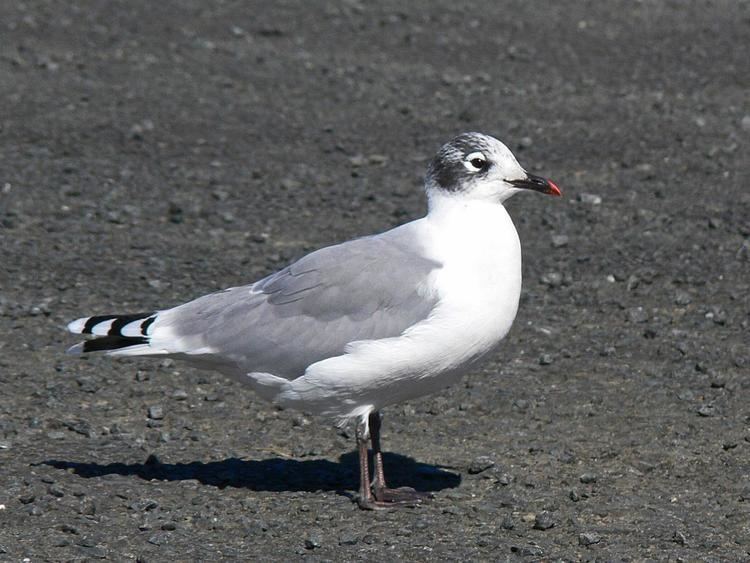 | ||
Similar Bird, Gulls, Bonaparte's gull, Laughing gull, Ring‑billed gull | ||
Franklin s gull uk 2016
The Franklin's gull (Leucophaeus pipixcan) is a small (length 12.6–14.2 in, 32–36 cm) gull. The genus name Leucophaeus is from Ancient Greek leukos, "white", and phaios, "dusky". The specific pipixcan is a Nahuatl name for a type of gull.
Contents
- Franklin s gull uk 2016
- Franklin s gull whittle dene reservoirs
- Description
- Behaviour
- Reproduction
- Naming
- References
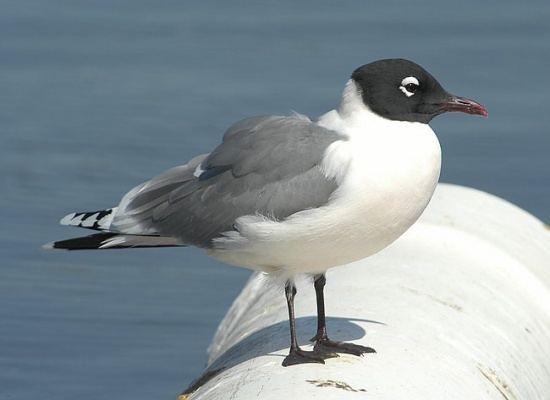
Franklin s gull whittle dene reservoirs
Description
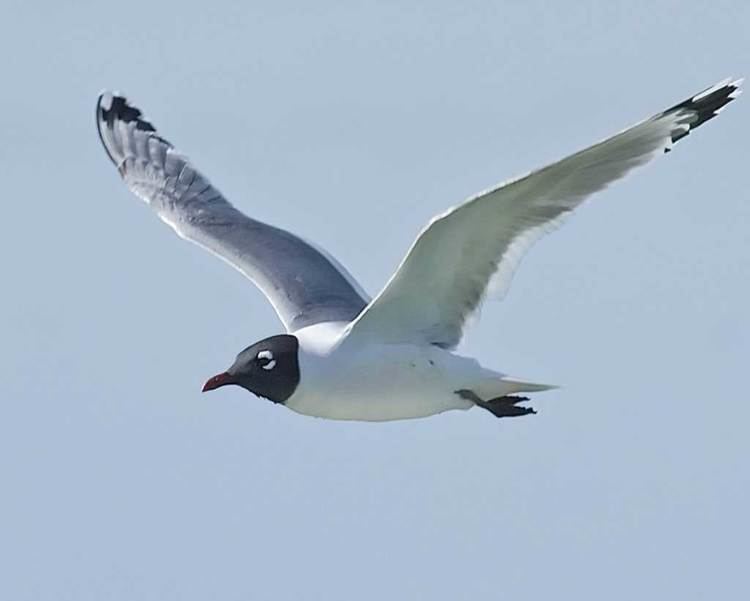
It breeds in central provinces of Canada and adjacent states of the northern United States. It is a migratory bird, wintering in Argentina, the Caribbean, Chile, and Peru.
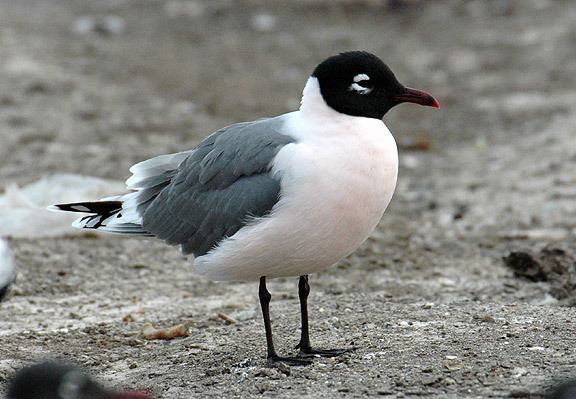
The summer adult's body is white and its back and wings are much darker grey than all other gulls of similar size except the larger laughing gull. The wings have black tips with an adjacent white band. The bill and legs are red. The black hood of the breeding adult is mostly lost in winter.

Young birds are similar to the adult but have less developed hoods and lack the white wing band. They take three years to reach maturity.
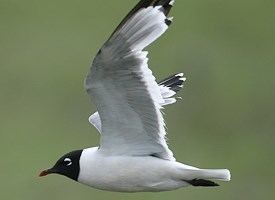
Although the bird is uncommon on the coasts of North America, it occurs as a rare vagrant to northwest Europe, south and west Africa, Australia and Japan, with a single record from Eilat, Israel, in 2011 (Smith 2011), and a single record from Larnaca, Cyprus, July 2006.At the beginning of 2017 has been observed also in Southern Romania, southeast Europe.
Behaviour
They are omnivores like most gulls, and they will scavenge as well as seeking suitable small prey.
Reproduction
The birds breed in colonies near prairie lakes with the nest constructed on the ground, or sometimes floating. The two or three eggs are incubated for about three weeks.
Naming
The bird was named after the Arctic explorer Sir John Franklin, who led an 1823 expedition in which the first specimen of Franklin's gull was taken.
